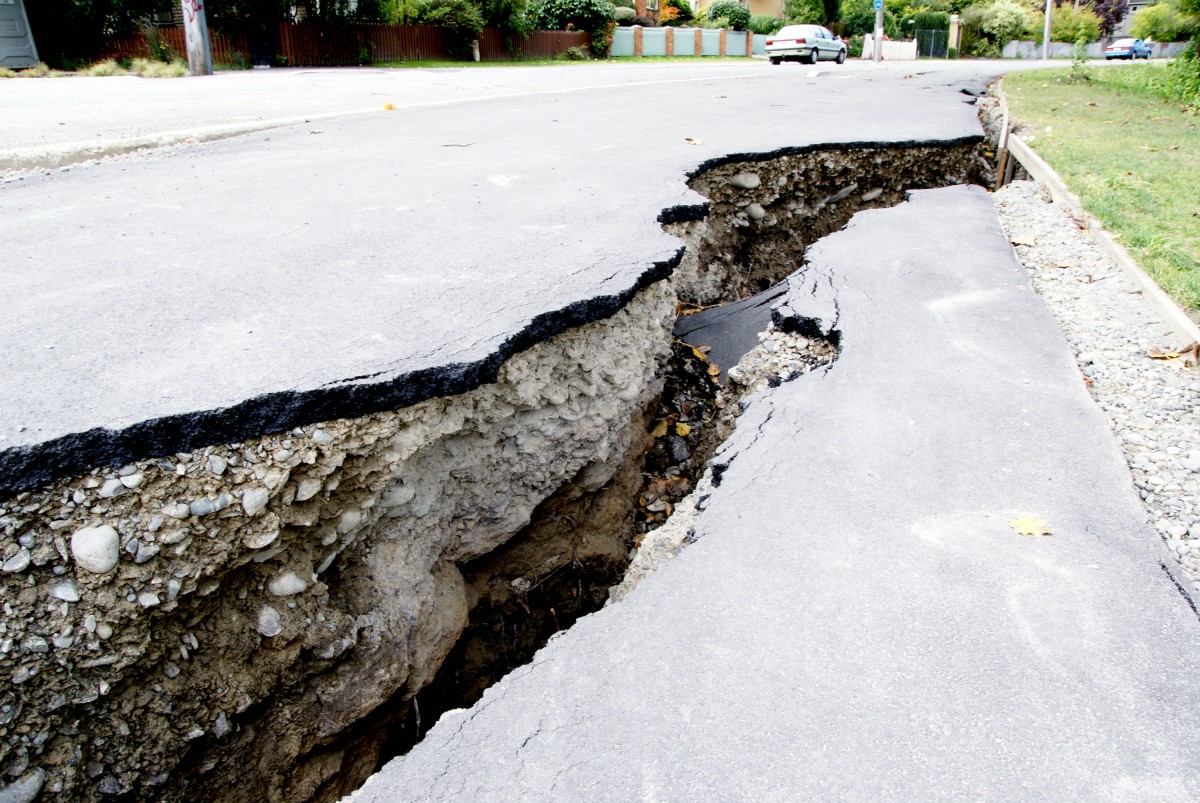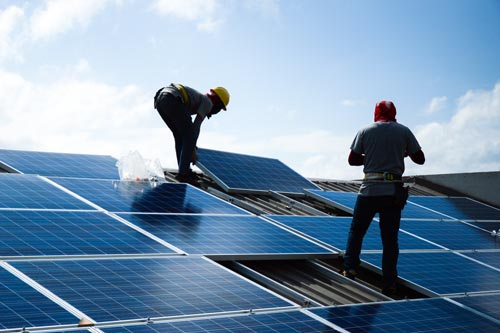Soil liquefaction is a phenomenon that occurs during earthquakes where soil, which is typically a solid material, temporarily loses strength and behaves like a liquid. This can have significant effects on structures built on top of the liquefied soil, leading to damage and even collapse. In this blog, we will explore the causes of soil liquefaction and its effects on structures during earthquakes.
Causes of Soil Liquefaction
Soil liquefaction is caused by the buildup of pore pressure in the soil during an earthquake. As the ground shakes, the soil particles move and compact, which causes water to be expelled from the soil. This water then rises to the surface, creating a layer of quicksand-like material. The excess water also causes the soil to lose its ability to support weight, leading to soil liquefaction.
The liquefaction of soil is more likely to occur in loose or sandy soils. This is because these types of soils have larger void spaces between the particles, which can fill up with water more easily. Clay soils, on the other hand, have smaller void spaces and are less susceptible to soil liquefaction.
Effects on Structures
When soil liquefaction occurs, it can have significant effects on structures built on top of the liquefied soil. The loss of strength in the soil can cause buildings and other structures to sink, tilt, or even collapse. The effects of soil liquefaction on structures can be divided into two categories: immediate effects and long-term effects.
Immediate Effects
The immediate effects of soil liquefaction on structures during earthquakes can be devastating. Buildings can sink into the liquefied soil, causing them to tilt or collapse. Infrastructure such as bridges and highways can also be damaged or destroyed by the sudden movement of the ground.
One example of the immediate effects of soil liquefaction on structures is the 2011 Christchurch earthquake in New Zealand. The earthquake caused significant soil liquefaction in parts of the city, which led to the collapse of several buildings and the closure of major roads and highways.
Long-term Effects
In addition to the immediate effects, soil liquefaction can also have long-term effects on structures. When a building sinks or tilts due to soil liquefaction, it can cause damage to the foundation, walls, and other parts of the structure. Even after the earthquake has ended, the structure may remain unstable and require significant repairs or even demolition.
In some cases, the effects of soil liquefaction on structures may not be immediately apparent. Buildings that appear to have survived the earthquake unscathed may have suffered damage to the foundation or other critical structural components. Over time, this damage can lead to structural failure or other problems.
Preventing Soil Liquefaction
Preventing soil liquefaction is a complex task that requires a combination of engineering and geological solutions. One common approach is to densify the soil by injecting grout or other materials into the ground. This can help to fill the void spaces in the soil, making it less susceptible to liquefaction.
Another approach is to use deep foundations, such as piles or caissons, that reach down to more stable layers of soil. This can help to transfer the weight of the structure to a more stable foundation, reducing the risk of soil liquefaction.
In addition to these techniques, it is also important to carefully evaluate the soil conditions at a building site before construction begins. This can involve conducting soil tests and analyzing the geologic history of the area to determine the risk of soil liquefaction.
Conclusion
Soil liquefaction is a serious problem that can have significant effects on structures during earthquakes. While preventing soil liquefaction is a complex task, there are a variety of techniques that can be used to reduce the risk of liquefaction and protect structures from damage.
AKM Geotechnical’s Takeaway
AKM Geotechnical’s team of experts is skilled in identifying and mitigating the risks associated with soil liquefaction. They use state-of-the-art equipment and techniques to assess the soil conditions and develop effective solutions to prevent soil liquefaction. With their extensive experience and expertise, AKM Geotechnical provides their clients with reliable and cost-effective soil liquefaction solutions. Contact AKM Geotechnical today to learn more about their soil liquefaction services and how they can help you protect your property and ensure the safety of your structures.





